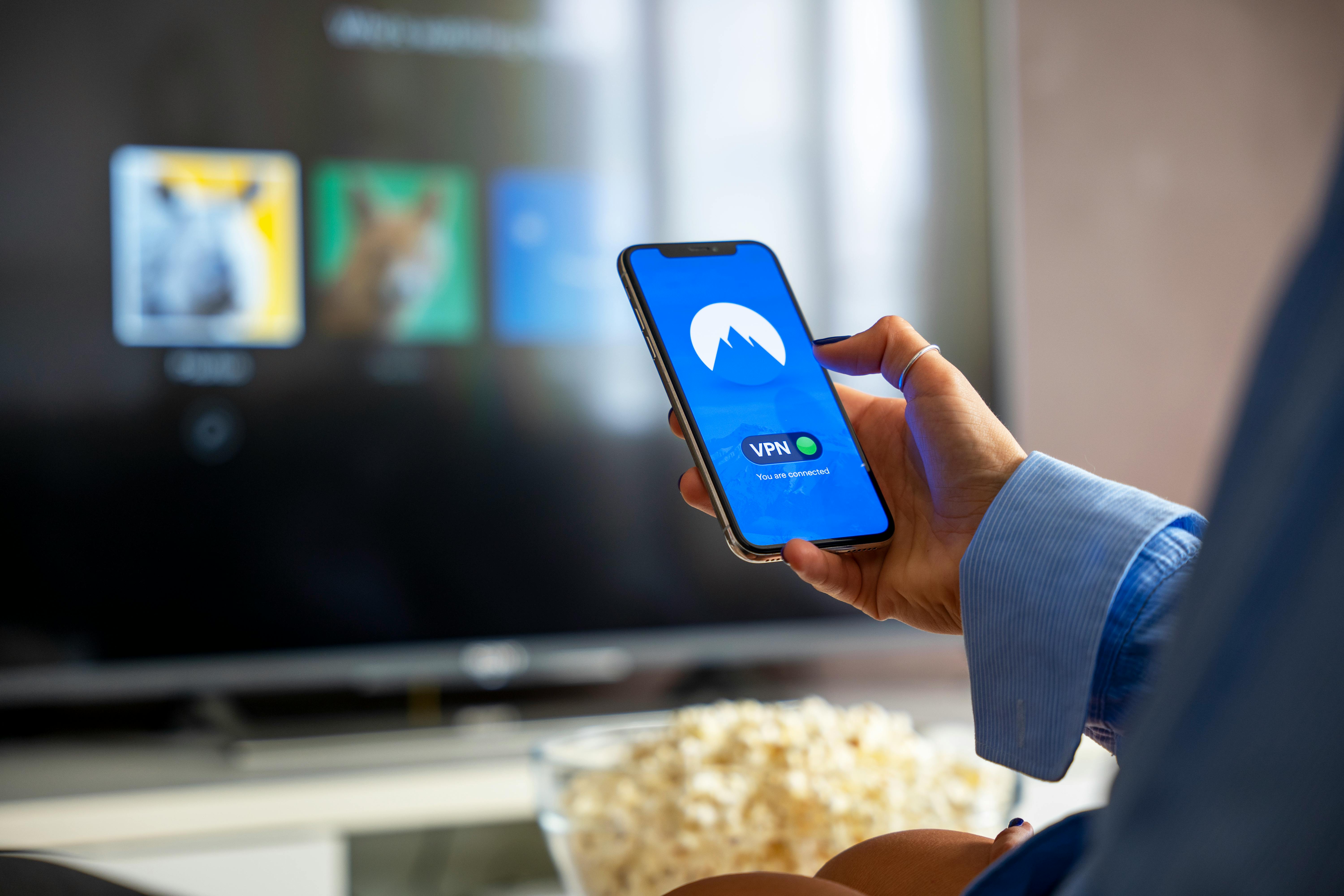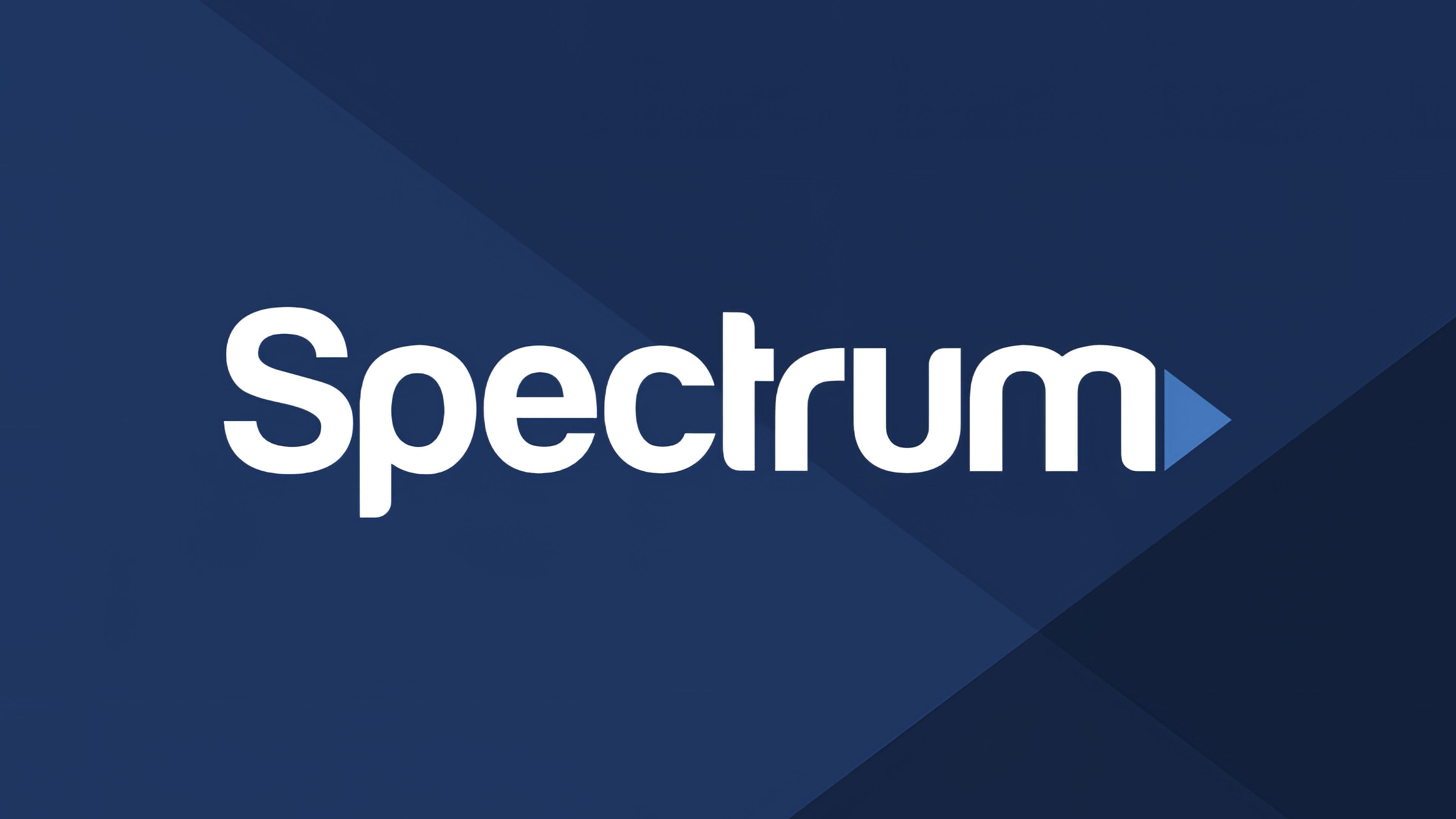Disney+ Holiday Magic: New Releases, Holiday Favorites, and Streaming Picks for November & December 2024
Introduction
Disney+ has always been the go-to for family entertainment and timeless classics, and the holiday season on Disney+ is full of magical releases, holiday specials, and festive films for all ages. This guide explores what’s coming, what’s leaving, and Disney+ subscription options to make your season bright and cheerful.
What’s New on Disney+ in November 2024
- "The Santa Clauses" Season 2: Tim Allen returns with more holiday cheer and North Pole adventures.
- "Wish": A new animated film about a girl’s magical journey with a star that comes to life.
- "The Muppets Mayhem" Christmas Special: The Muppets return with a festive holiday special filled with laughs.
- "National Treasure" Season 2: The treasure-hunting adventure continues with new historical puzzles.
- "Percy Jackson and the Olympians": The much-anticipated series adaptation of the popular book series.
Thanksgiving Movies and TV Shows on Disney+
- "A Charlie Brown Thanksgiving": Join the Peanuts gang for their annual Thanksgiving gathering.
- "The Mighty Ducks" Marathon: Follow the underdog hockey team on a legendary journey.
- "Homeward Bound: The Incredible Journey": A heartwarming story about pets finding their way home.
- "Frozen II": A magical adventure perfect for family Thanksgiving viewing.
What’s Leaving Disney+ in November 2024
- "Pirates of the Caribbean: The Curse of the Black Pearl": Catch this swashbuckling classic before it departs.
- "Toy Story 3": The beloved Pixar film leaves Disney+ at the end of November.
- "Finding Nemo": Dive in one last time before it exits the platform.
- "Cinderella (2015)": The live-action fairy tale will also depart in November.
Top Picks on Disney+ for November 2024
- "Marvel’s Loki" Season 3: Join the time-bending adventures of everyone’s favorite trickster.
- "Star Wars: Ahsoka": A standalone series following the life and challenges of Jedi Ahsoka Tano.
- "Once Upon a Studio": A heartwarming Disney short featuring beloved characters across the Disney universe.
Looking Ahead to December 2024
- "Home Alone" Marathon: Enjoy all the "Home Alone" movies for a night of laughs and nostalgia.
- "The Nutcracker and the Four Realms": A magical reimagining of the holiday classic with stunning visuals.
- "Mickey’s Christmas Carol": A timeless animated retelling of the classic, starring Mickey as Bob Cratchit.
- "Olaf’s Frozen Adventure": Join Olaf on a festive journey as he discovers new holiday traditions.
Christmas Movies and TV Shows on Disney+
- "The Santa Clause" Trilogy: Follow Scott Calvin’s transformation into Santa over three hilarious films.
- "Noelle": Anna Kendrick stars as Santa’s daughter, who embarks on a mission to save Christmas.
- "Miracle on 34th Street" (1994): A remake of the Christmas classic, featuring a Santa who might be real.
- "Beauty and the Beast: The Enchanted Christmas": Join Belle and the Beast as they celebrate Christmas.
- "Prep & Landing": Follow the adventures of Santa’s elite elf prep team as they prepare for the big night.
What’s Leaving Disney+ in December 2024
- "Mary Poppins Returns": The delightful sequel to the original leaves Disney+ this month.
- "Bolt": The animated comedy adventure about a Hollywood dog leaves Disney+ in December.
- "Big Hero 6": The heartwarming story of Baymax and Hiro will also depart.
Disney+ Subscription Plans, Prices, and Features
| Plan Name | Monthly Price | Streaming Quality | Simultaneous Streams | Additional Features |
|---|---|---|---|---|
| Disney+ Basic (Ads) | $7.99 | Up to 1080p | 4 | Ad-supported with access to the full Disney+ library. |
| Disney+ Premium (No Ads) | $10.99 | Up to 4K UHD | 4 | Ad-free access with offline downloads. |
| Disney+ Bundle (With Hulu and ESPN+) | $14.99 | Up to 1080p | 4 | Access to Disney+, Hulu (with ads), and ESPN+. |
| Disney+ Bundle Premium (No Ads) | $19.99 | Up to 4K UHD | 4 | Ad-free access to Disney+, Hulu, and ESPN+. |
*Prices and features may vary. For the latest information, visit Disney+’s official website.*
Tips for Making the Most of Your Disney+ Subscription
- Create a Family Watchlist: Use the watchlist feature to gather holiday classics and family must-watch movies.
- Enable GroupWatch: Stream with friends and family from afar using GroupWatch.
- Download Movies and Shows: Download your favorites for offline viewing during holiday travel.
- Check Out Disney+ Originals: Stay updated with exclusive content like “The Mandalorian” and “High School Musical: The Musical: The Series.”
Conclusion: Enjoy a Magical Holiday Season with Disney+
With festive specials, Disney classics, and new releases, Disney+ has something for everyone this holiday season. Relive Christmas nostalgia or explore fresh content with family and friends. Happy streaming, and may your holidays be filled with Disney magic!




